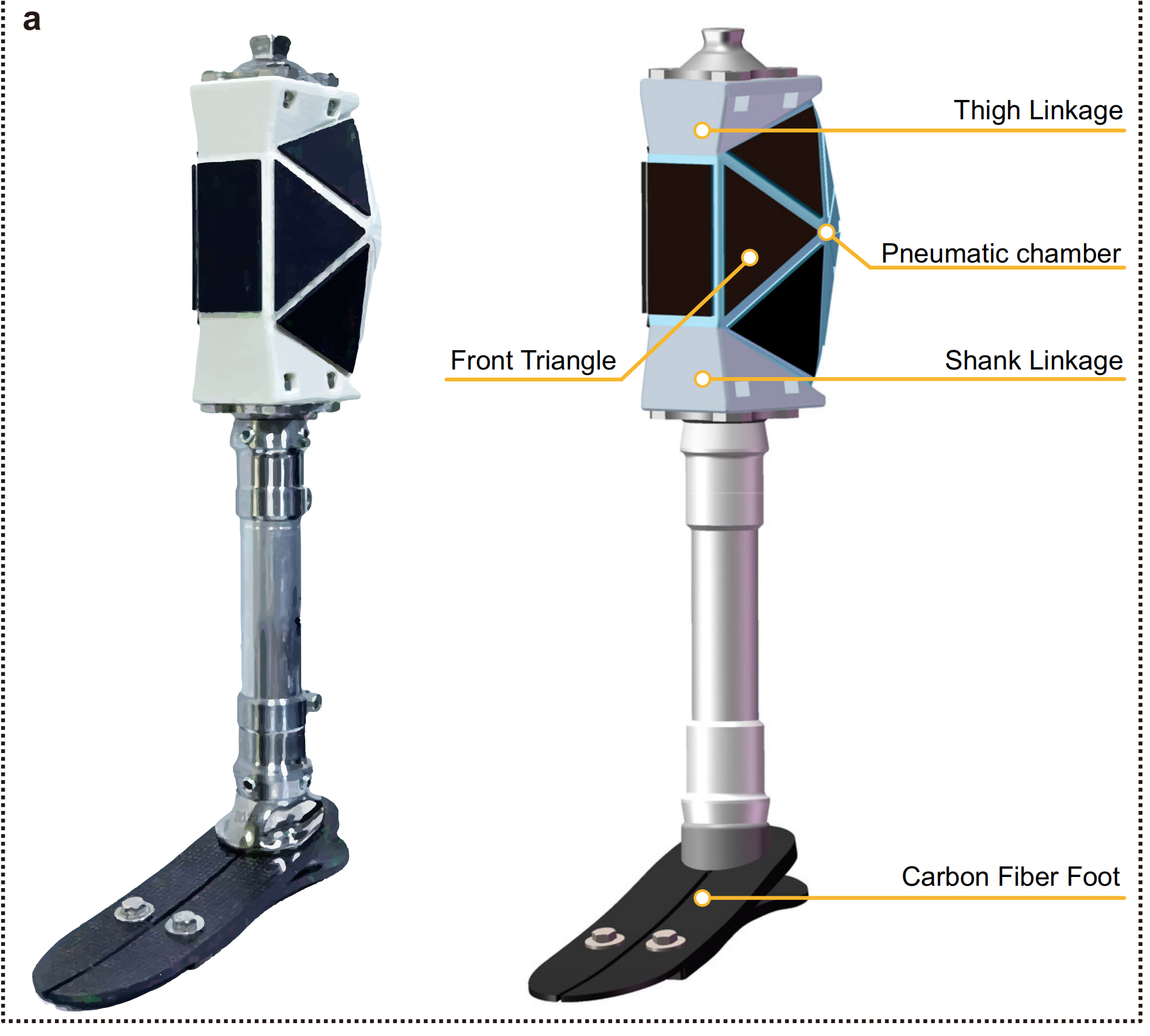WEEKLY REVIEW (Jan. 18-24)

Shenzhou-19 Taikonauts Conduct EVAs Again
The Shenzhou-19 crew members successfully completed their second series of extravehicular activities (EVAs) with support from mechanical arms and ground researchers on January 21, according to the China Manned Space Agency. The taikonauts installed space debris protection devices and conducted an inspection of extravehicular equipment.
EAST Sets New Record in Plasma Operation
China's "artificial sun," the Experimental Advanced Superconducting Tokamak (EAST), managed to operate at over 100 million degrees Celsius for 1,066 seconds at the Institute of Plasma Physics, Chinese Academy of Sciences, on January 20. This steady-state long-pulse high-confinement mode plasma operation set a new world record and greatly pushed forward the research and development of fusion energy.
Sharpest Image of Supermassive Black Hole Acquired
Astronomers from the University of Arizona in the U.S. and Max Planck Institute for Astronomy in Germany captured unprecedentedly clear images of an active galactic nucleus (AGN) in the infrared, using the Large Binocular Telescope Interferometer. An AGN is a supermassive black hole at the center of certain galaxies. Huge amounts of energy are released when matter falls into an AGN.
New System Captures CO2 Directly From Air
A new system that can remove carbon dioxide at about 420 parts per million from the atmosphere was developed by researchers at the University of Cincinnati in the U.S. The capture process was repeated over 2,000 times without any decline in efficiency or degradation of the materials, and 10,000 cycles were expected to be within reach.







